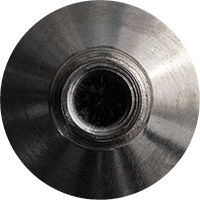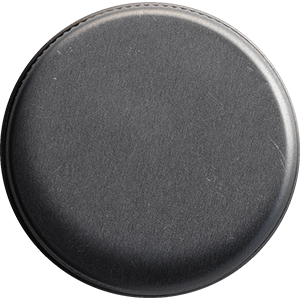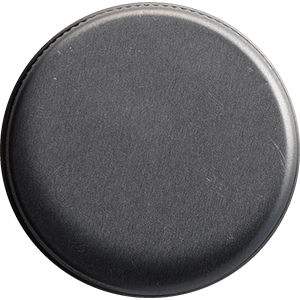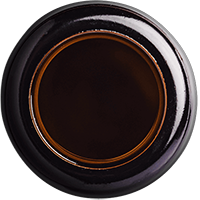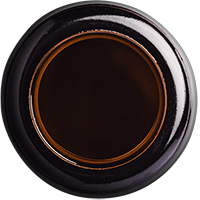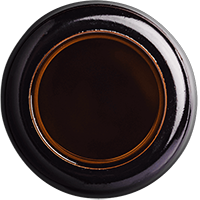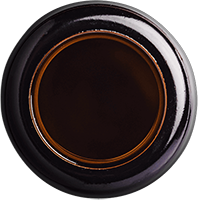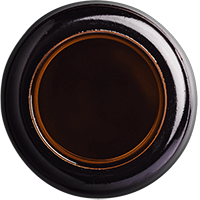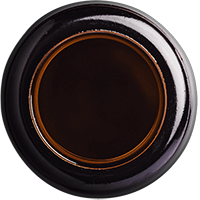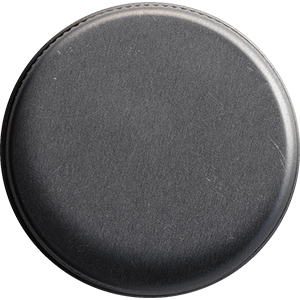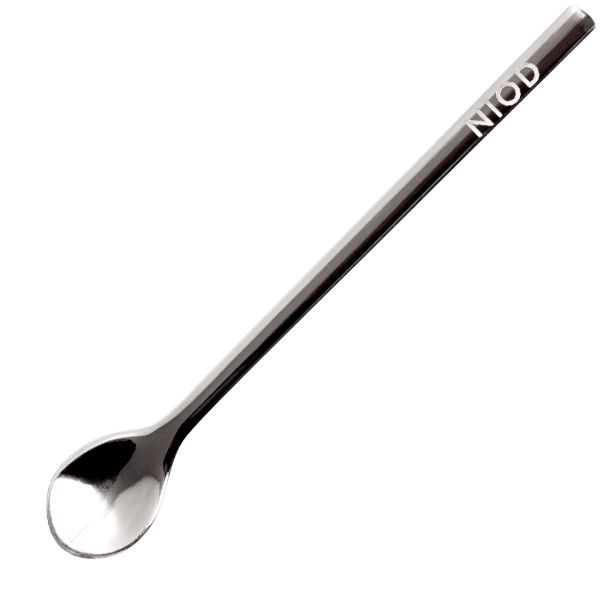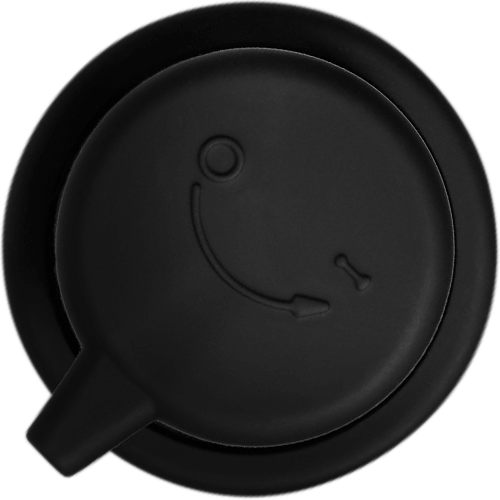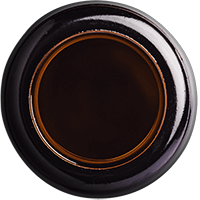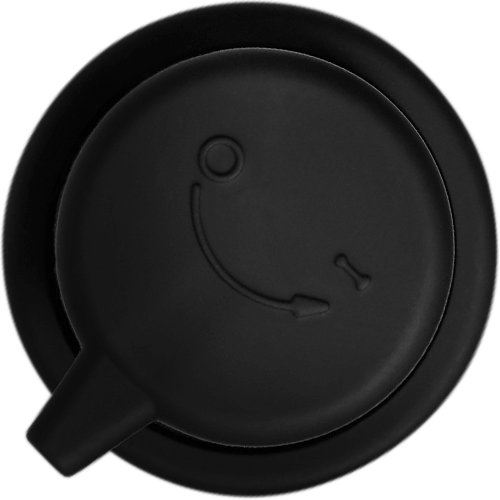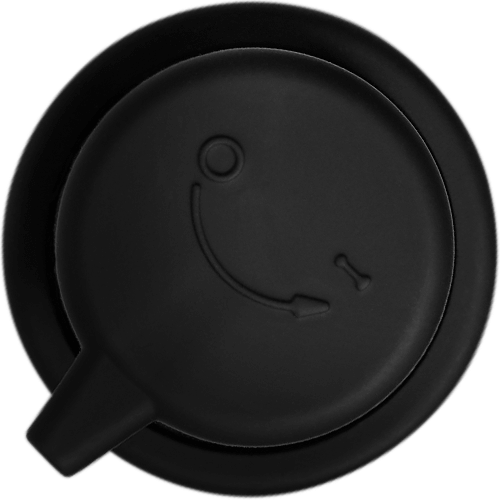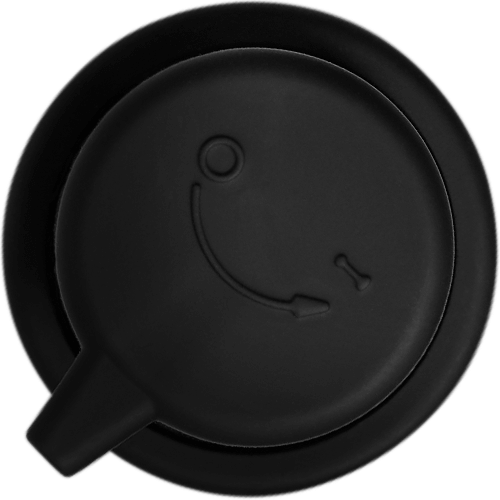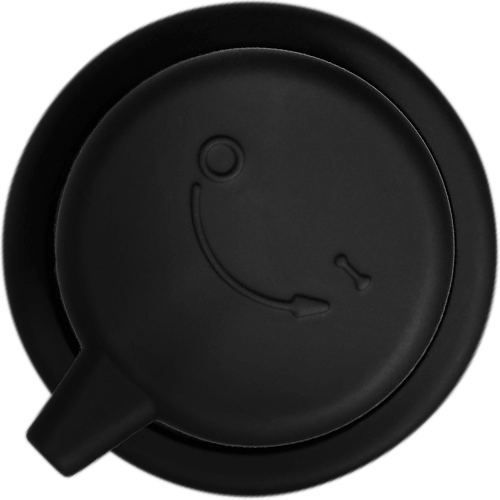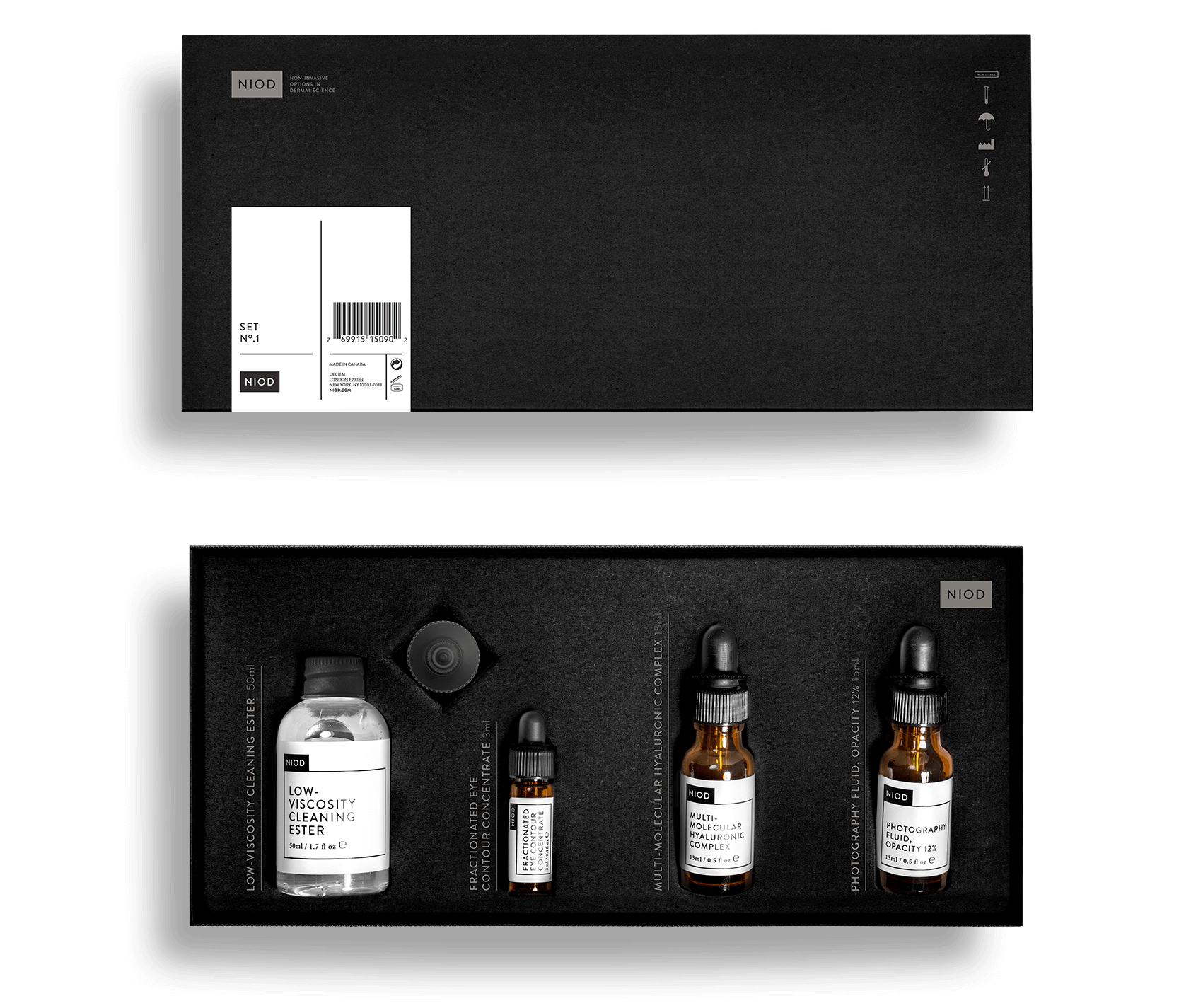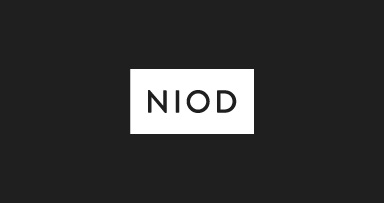
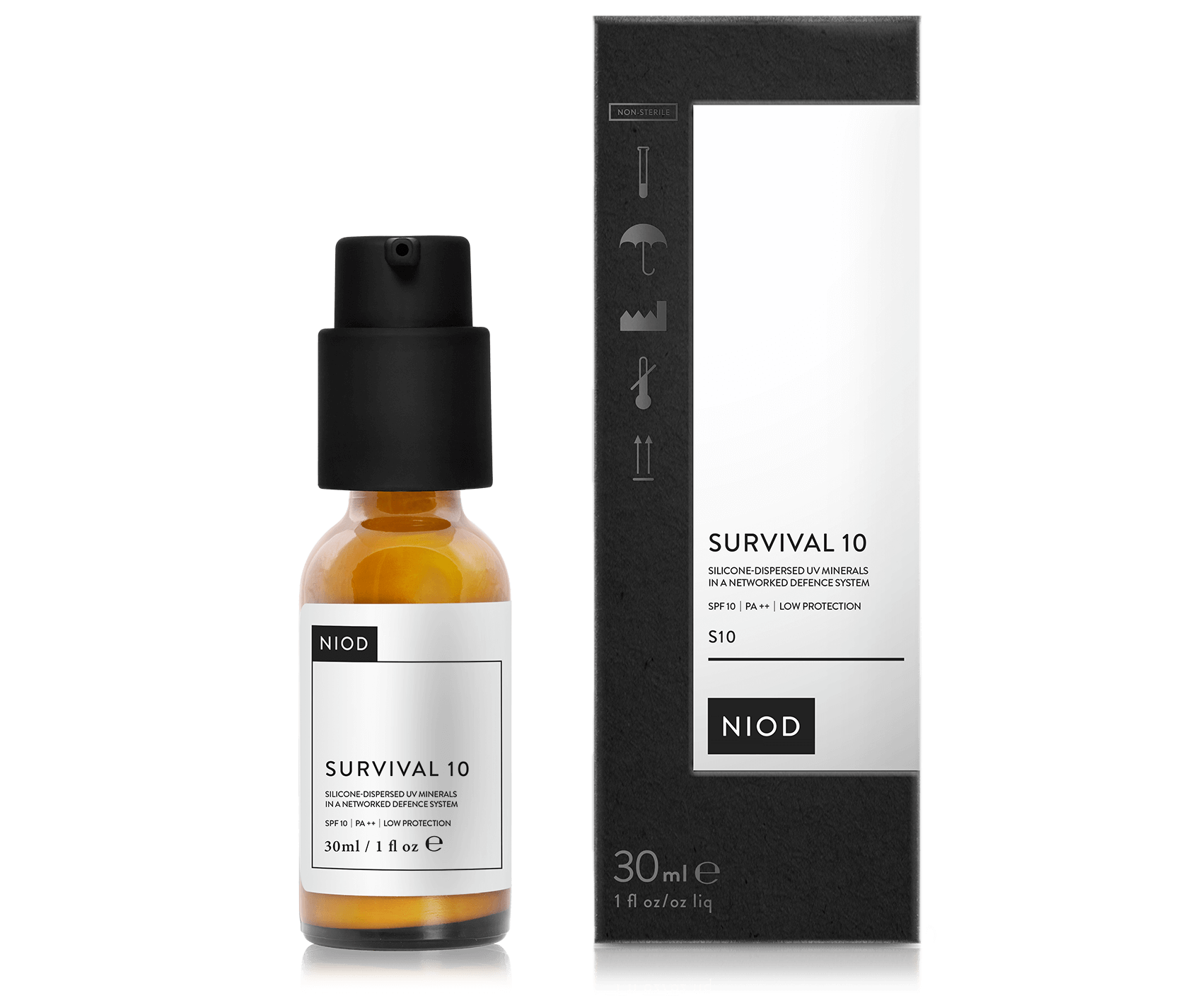
- ph 7.00-8.00
- alcohol-free
- nut-free
- vegan
- gluten-free
- cruelty-free
Information
LOW UV PROTECTION
SILICONE-DISPERSED UV MINERALS IN A NETWORKED DEFENCE SYSTEM
Designed for darker skin tones (V and VI within the Fitzpatrick skin tone scale) and when UV index is low (under 2).
NIOD's Survival is a range of four networked protection systems with technologies that help support healthy skin defences against environmental and lifestyle-related assaults. Despite their lightweight texture, these formulations offer a broad selection of advanced technologies to target the effects of oxygen radicals including the superoxide radical, nitrogen radicals, carbonyl radicals, glycation and advanced glycation end-products (AGE), pollution, smog, stress, infrared and blue light.
In addition to these protection systems, Survival 30, Survival 20 and Survival 10 offer respectively mineral-only UVB and UVA protection of SPF30 (PA+++), SPF20 (PA+++) and SPF10 (PA++). Survival 0 does not offer UV protection and is intended for evening/nighttime use. Survival 0 can also be used during the day alongside other sun protection formulations that may not offer environmental protection beyond UV (Note: Survival 30, Survival 20 and Survival 10 already offer comprehensive networked protection and do not need the addition of Survival 0 during daytime).
Survival is not a tinted formulation. The slight tinted appearance is derived from the active technologies including Lutein, Fractionated Melanin and Pycnogenol®. This colouring should not be mistaken for pigmented offerings on the market that use makeup pigments to reduce the whitening effect of mineral UV filters.
The technologies shared in Survival 30, Survival 20, Survival 10 and Survival 0 are:
Purified Lutein
Isolated from non-GMO marigold flower, this exceptional carotenoid antioxidant counteracts adverse effects of blue light and increases visible dermal elasticity.
Yeast-Derived Superoxide Dismutase
Superoxide is the main reactive oxygen species in each cell and SOD is the body's natural way of out-competing the ongoing and very damaging effect of superoxide in cells. Arguably, SOD is the most important force against oxidation in the human body. Under direct UVB exposure, topical SOD was shown to reduce the look of additional inflammation by nearly 100%. Survival contains a form of SOD with extraordinary high activity level against the superoxide radical.
Dimethylmethoxy Chromanol
An extremely potent scavenger of reactive oxygen species and reactive nitrogen species, this superb technology is far more effective than resveratrol and ferulic acid in fighting radicals formed as a result of UV exposure, stress and pollution exposure. Additionally, this exceptional molecule prevents carbonylation of proteins.
Fractionated Melanin
While melanin within the skin protects from many forms of environmental assault, its potency is limited with respect to High Energy Visible (HEV) light. Survival includes a fractionated form of melanin that is tailored specifically to absorb light in the range of 400-500 nm wavelengths.
Pycnogenol®
A well-studied derivative of maritime pine, this highly-potent antioxidant supports a wide range of protective functions while minimizing and reversing the appearance of photo damage.
Tomato Carotenoid Complex
Targets a broad range in the invisible light spectrum and reduces the appearance of redness associated with light exposure.
Prebiotic Complex of Gluco-Oligosaccharides and Inulin
Both friendly and unfriendly microorganisms reside on the skin. A number of factors disturb the balance of good microorganisms including abrupt changes in temperature, stress, pollution, malnutrition, use of household chemicals, use of certain cosmetics and UV exposure. This skin prebiotic complex supports friendly skin microorganisms without stimulating harmful ones.
Purified Deep-Sea Algae (Alteromonas Ferment)
Forms a physical shield against urban pollution and smog both of which contribute significantly to premature ageing.
Purified Mediterranean Brown Algae (Padina Pavonica)
Supports calcium bioavailability, essential to protective functions of healthy skin.
Purified Knotgrass
Fights visible adverse effects caused by infrared while helping to prevent and reduce the appearance of photo damage.
The UV Protection Mechanism in Survival 30, Survival 20 and Survival 10 is:
Silicone-Dispersed Zinc Oxide (ZnO) and Titanium Dioxide (TiO2)
Survival formulations avoid use of all chemical sun blocking agents that can lead to further oxidative stress. The formulations also avoid the use of any nanoparticles. Instead, a refined dispersion of micronized ZnO and TiO2 in flexible, high-volatility, non-comedogenic silicones allows the formulations to remain extremely lightweight by optimizing the amount of the blocking agents. These advanced silicones are crucial to the effectiveness of Survival's protective systems given the relatively low amounts of ZnO and TiO2 used, allowing the formulations to be very low in viscosity such that the broader protection technologies can be delivered effectively (this low viscosity is the reason Survival is offered in a dropper format). Survival uses mainly ZnO for its protective effects (because in addition to reflecting/refracting light, ZnO is actually also able to absorb UV rays without creating oxygen radicals) and the supporting TiO2 that is used is only in rutile form (no anatase form of TiO2 is used at all since it's an aggressive producer of free radicals).
We have listed important points about UV protection and environmental protection at large below. While this information may appear extensive, if you wish to take the safe approach always and not worry about these details, we would suggest using Survival 30 whenever UV exposure is possible and Survival 0 at nighttime.
Survival has undergone extensive third-party studies to confirm the Sun Protection Factor for each item. NIOD claims a lower SPF than the confirmed SPF to leave a higher margin of assurance. The actual tested SPF for Survival 10 is 13.7, for Survival 20 is 22.7 and for Survival 30 is 33.1.
- UVA and UVB are only two inducers of dermal oxidative stress and damage. Several other factors affect ageing, including visible light/blue light/infrared, oxygen radicals, nitrogen radicals, carbonyl radicals, glycation, pollution, smog and stress. Out of all these damaging factors, only UVB causes skin burning and all others impair skin health in a “silent” way but their negative effects appear over time. The Survival range views UV radiation as only one form of environmental assault and its main function is not mere UV protection.
- SPF (Sun Protection Factor) is an indication of UVB protection only and does not communicate any level of protection with respect to UVA. The SPF number can be highly misleading in terms of actual amount of protection. SPF 10 blocks up to 90% of UVB rays; SPF 20 blocks up to 95%; SPF 30 blocks up to 97%; SPF 60 would block up to around 98%. In other words, doubling the SPF from 30 to 60 would only offer up to 1% more protection from UVB rays. As such, we would suggest that SPF 30, used correctly, is sufficient protection in most cases.
- SPF is very unfortunately and very dangerously interpreted by some as a multiplier of the time one can spend in the sun without burning. This interpretation is entirely false. SPF does not relate to the amount of time of sun exposure. It relates to the amount of solar exposure itself. In other words, the same SPF would provide far less protection time when the UV index is extreme than it would when UV index is moderate. Additionally complicating matters is that most sun filter formulations, and especially those that use chemical filters, lose their efficacy within about 2 hours and must be reapplied frequently to maintain protection.
- There is no such thing as a waterproof sunscreen. Formulations are able to claim protection up to 40 minutes or 80 minutes of efficacy post water exposure based on certain tests, but such tests do not incorporate other factors such as use of towels and presence of waves if swimming. If you have had significant water exposure or perspiration, regardless of any claim made on any formula, reapply a sunscreen formula to maintain protection.
- There are several ways to communicate UVA protection but it is not legally required to do so in most countries. One common way is using the PA convention where PA+ offers the lowest level of UVA protection and PA++++ offers the highest. To avoid confusion for and protect consumers, European Union laws require that all sunscreen products offer at least one third of their SPF measure in UVA protection (please note that while UVA represents more than 95% of the UV rays that reach earth, UVA is less intense than UVB and its protection factor has a different context than SPF does for UVB). USA, Canada and other jurisdictions are introducing similar regulations with respect to UVA protection but these standards today are less strict than those in force within the European Union. Survival uses the PA convention in its reporting and, as a matter of course, meets the strict European Union regulations.
- There are two ways to filter UV rays: chemical filters (also referred to as organic filters which has nothing to do with organic/natural products) or physical filters (minerals, Zinc Oxide/ZnO and/or Titanium Dioxide/TiO2, to refract/reflect/absorb UV rays). Chemical filters are invisible/transparent but generally have many problems: a) they can cause further oxidative stress in the skin, especially in cases such as Oxybenzone; b) none of them offer complete UVA1/UVA2/UVB protection and so several usually need to be combined, increasing oxidative potential; c) some studies have shown that chemical sunscreens, most of which are related to fragrance components, can affect hormones; d) many of them break down more quickly than physical filters; e) they are generally very shiny in appearance, smell strongly and can cause irritation. Physical filters are much better in that they do not have the problems above, but they can form a white/heavy film on the skin. To address the issue of this white film, nanoparticles of TiO2 were developed and used in many sunscreens but some studies have shown that such particles can cause systematic effects within the body. Survival uses only physical sunscreens, avoids nanoparticles and avoids the white film/heavy look normally associated with physical filters.
- There are two types of UVA: UVA1 (340-400nm) and UVA2 (320-340nm). Most filters are unable to block UVA1 and no one really talks much about this topic as such. The only US-FDA-approved filter, physical or chemical, that is able to block UVA1, UVA2 and UVB concurrently is Zinc Oxide, which is the primary protection filter used in Survival. Additionally, unlike chemical filters and unlike TiO2, Zinc Oxide actually absorbs (in additional to reflect/refract) UV light without any conversion to additional oxygen radicals.
- There are two types of Titanium Dioxide: Rutile and Anatase. Anatase causes formation of very high amounts of free radicals and is being eliminated from sunscreens globally. It should never be used.
- If the UV index is moderate to low, darker skin tones can use lower SPF formulations as they offer a better texture. For example, a medium to dark skin tone going for a walk at 6pm does not need to use SPF 30 but some SPF would help. (Please note that very dark skin can offer a natural SPF of over 13 while a light skin tone can have a natural SPF of around 3.) You can customize your SPF use based on a) your skin tone; b) UV index (which is reported by media daily and is dependent on geography, season and time of day); c) your personal preferences (some prefer a mild tan, while aware that any UV exposure and thus any level of tanning represents a risk for burning, for premature ageing and for skin cancer). If a lower SPF is used, the mere potential for melanin production and dermal melanin migration can cause specific forms of oxidative stress and as such Survival 20 and Survival 10 incorporate higher concentrations of certain specific antioxidants in their formulation than Survival 30. Survival 30 does include all these additional mechanisms in our standard concentrations. Most regulatory bodies suggest everyone to use protection of at least SPF 15, regardless of skin tone or UV index.
Directions
Shake well before use. Apply to face liberally 20 minutes before UV exposure. To maintain protection during continued UV exposure, reapply every 2 hours or after material water exposure, towel-drying, swimming, or extensive perspiration. Use a water-resistant sunscreen if swimming or sweating. Suitable for all skin tones. Lighter skin tones should use a protection factor of at least SPF 30 whenever UV exposure occurs regardless of UV index. For use on children less than 6 months of age, consult a physician prior to use. Keep out of eyes, rinse with water to remove. If irritation occurs, cease use and consult a physician. Use only as directed on unbroken skin. Patch testing prior to use is advised. Refer to our in-depth guide to patch testing. Keep out of reach of children. If swallowed, get medical help or contact a Poison Control Center right away. For external use only.
Ingredients
Cyclopentasiloxane, Aqua (Water), Zinc Oxide, Glycerin, PEG-9 Polydimethylsiloxyethyl Dimethicone, Titanium Dioxide, Propanediol, Acrylates/Ethylhexyl Acrylate Crosspolymer, PEG-10 Dimethicone, Dimethicone/PEG-10/15 Crosspolymer, Dimethylmethoxy Chromanol, Inulin, Alpha-glucan oligosaccharide, Solanum Lycopersicum (Tomato) Fruit Extract, Superoxide Dismutase, Xanthophyll, Pinus Pinaster Bark Extract, Polygonum Aviculare Extract, Alteromonas Ferment Extract, Padina Pavonica Thallus Extract, Arginine, Glycine, Alanine, Serine, Valine, Proline, Threonine, Isoleucine, Histidine, Phenylalanine, Aspartic Acid, PCA, Sodium PCA, Sodium Lactate, Squalane, Simmondsia Chinensis (Jojoba) Seed Oil, Tocopherol, Melanin, Sucrose, Tapioca Starch, Hexyl Laurate, Polyglyceryl-4 Isostearate, Stearic Acid, Silica Cetyl Silylate, Hydroxyethylcellulose, Hectorite, Trimethylsiloxysilicate, Pentylene Glycol, Butylene Glycol, Trisodium Ethylenediamine Disuccinate, Sodium Chloride, Dipropylene Glycol, Tromethamine, Ethoxydiglycol, Alumina, Potassium Sorbate, Sodium Benzoate, 1,2-Hexanediol, Ethylhexylglycerin, Phenoxyethanol, Caprylyl Glycol.
Our formulations are updated from time to time as part of our commitment to innovation. As such, the ingredient list shown here may vary from the box of the product depending on time and region of purchase.

